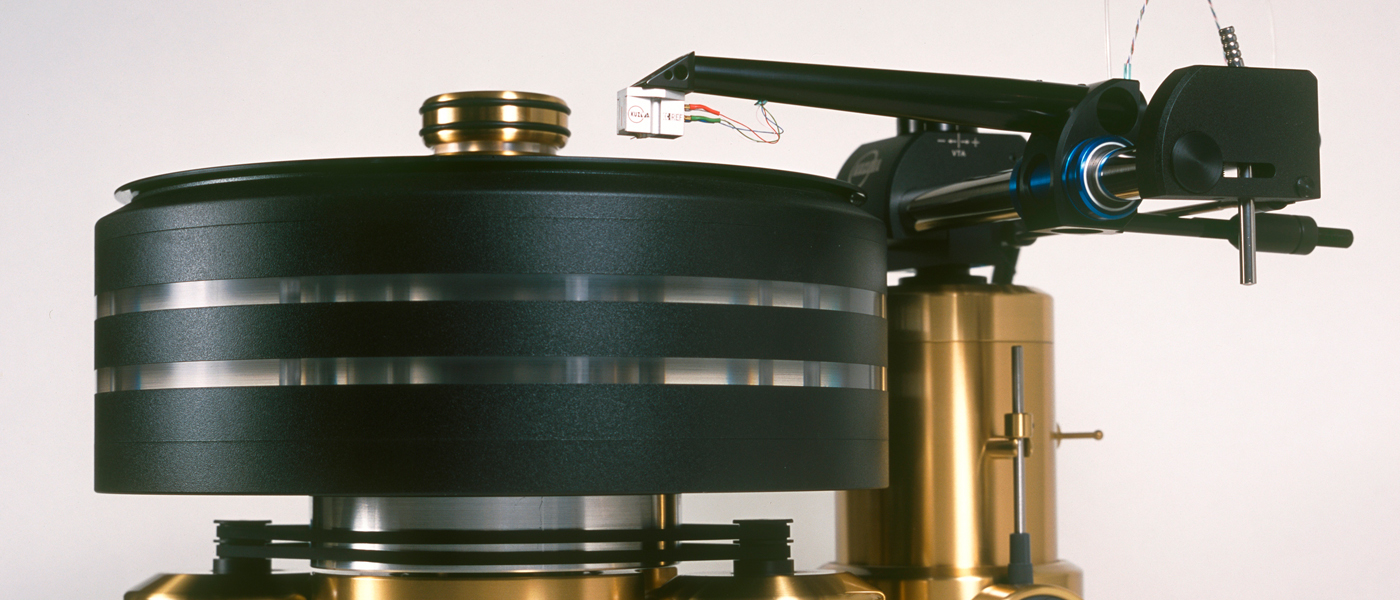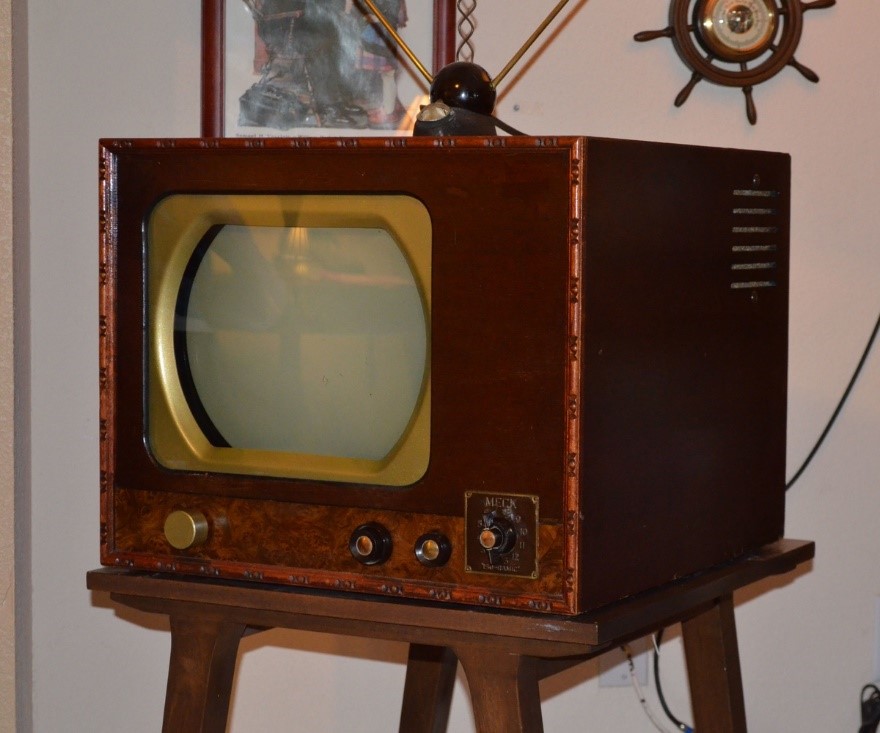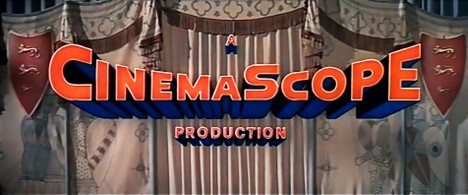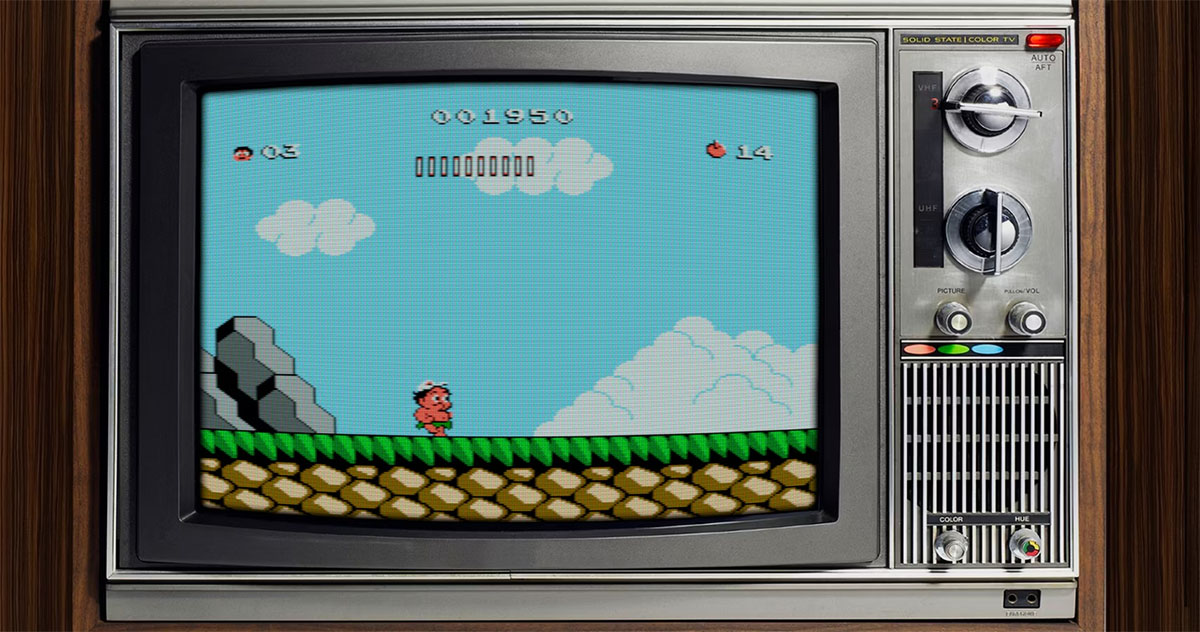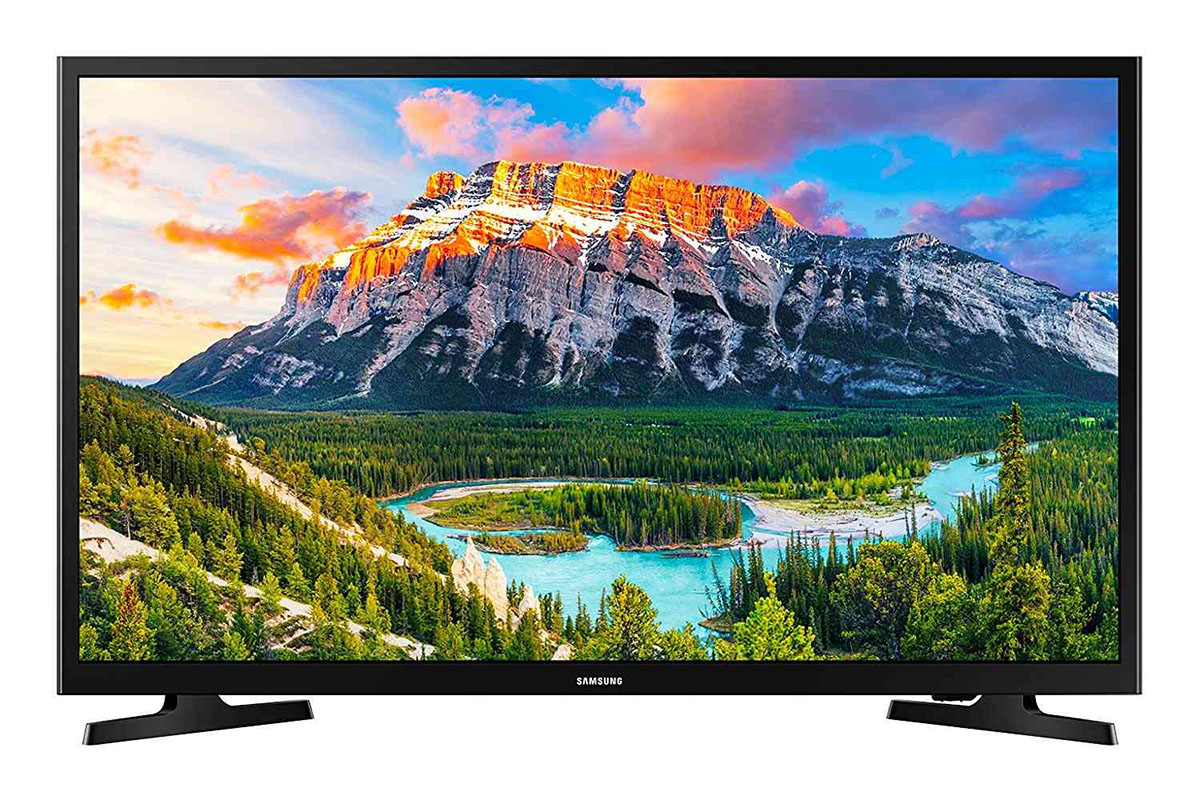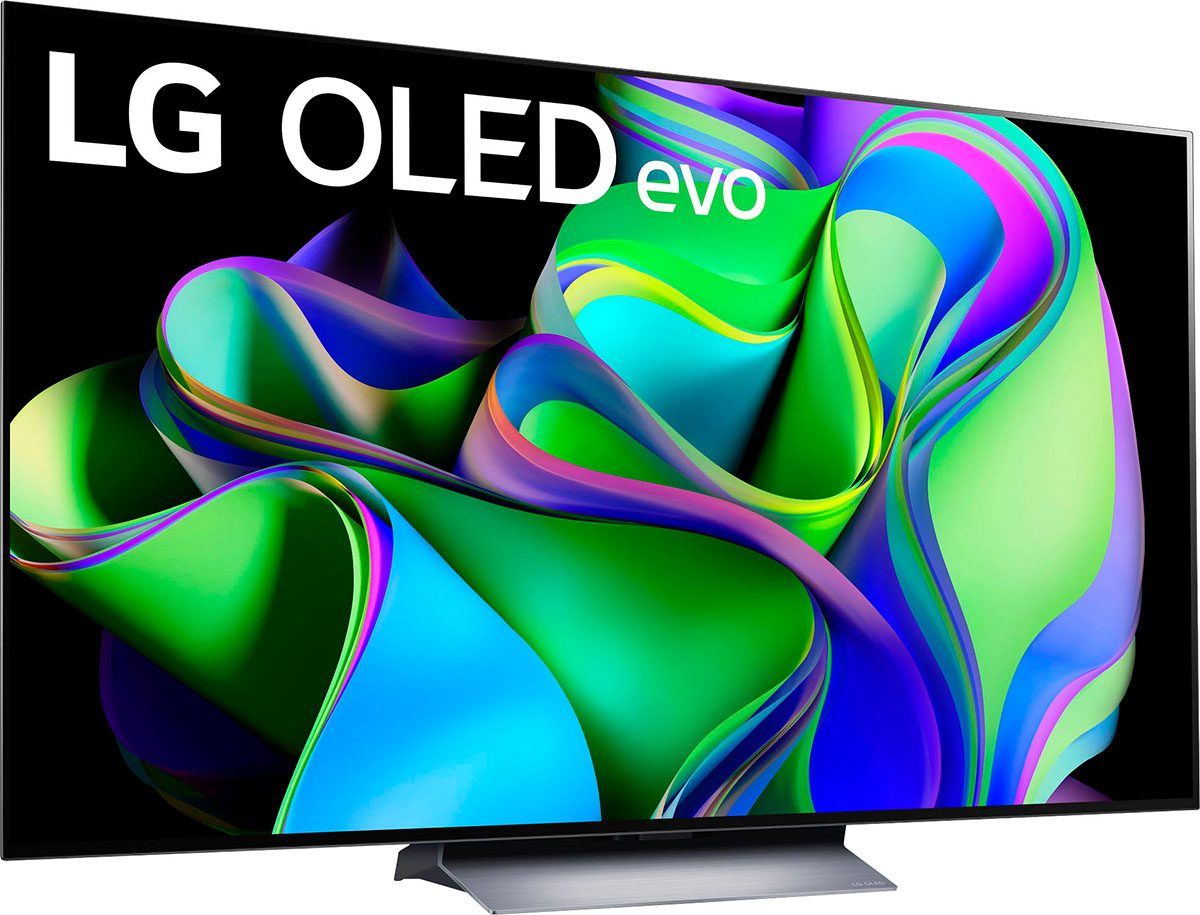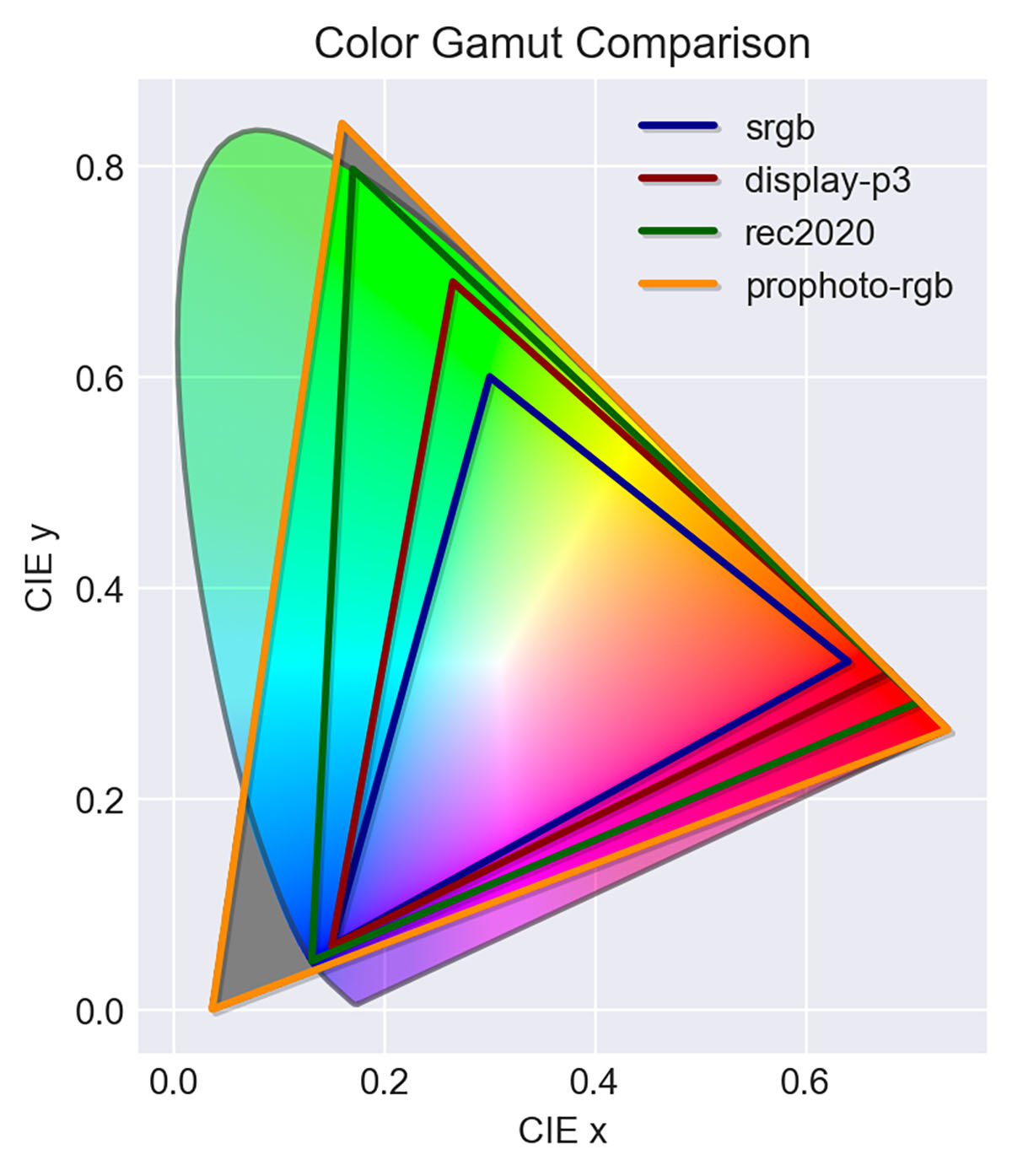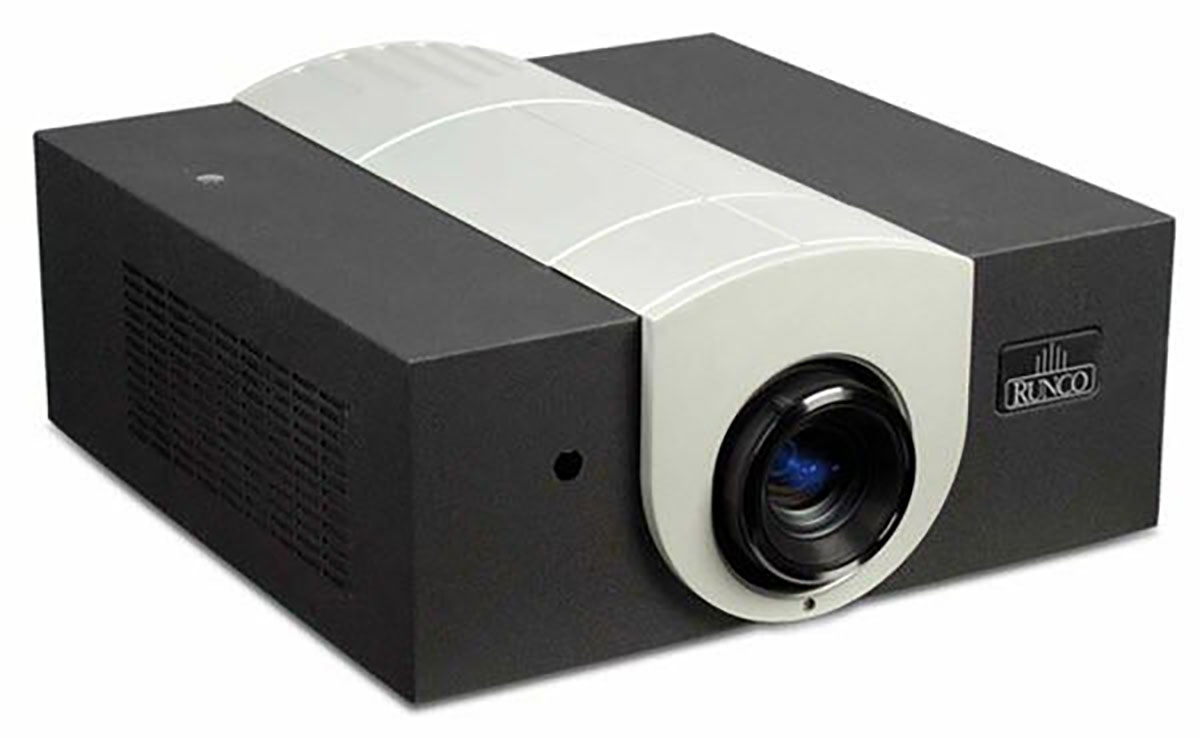It was the beginning of television (TV). On September 30, 1929, the BBC broadcast the first live television program to British audiences, but the first live broadcast to American audiences was not until David Sarnoff, President of RCA, dedicated the RCA Pavilion at the 1939 New York World’s Fair.
I (JEJ) remember, in 1952 when I was 6 years old, peeking around the corner of the living room door, having snuck from my bedroom, to see a console sitting in the middle of the floor with a black & white image on a 12” screen and my parents watching a program from the Superman TV series. The world of home entertainment was about to experience a revolution.
The effect of TV on the movie industry was catastrophic as millions of people purchased a TV set and stayed home to be entertained instead of going to movie theaters. Twentieth Century Fox came up with a widescreen procedure for filming and projecting movies but tossed in color and basic surround sound as well. They called it CinemaScope®.
The number of TVs in the USA grew from 1 million in 1949 to 50 million in 1959. In 1955, half of American homes had a TV.
The first commercial TVs had a resolution of 520 vertical lines by 480 horizontal lines, and this remained the same for many years, with color TVs having 600 vertical lines.
In 1973, another TV revolution occurred as a prototype of a VHS (Video Home System) cassette was invented. VHS recorders (VCRs) were released in Japan in 1976 and the USA in 1977. By 1985, there were 11.5 million VCRs in the US. In 1999, consumers spent 12.2 billion dollars on VHS tape movie rentals and purchases, but in 2007, this dropped to 100 million dollars, so VHS had a 30-year history. Not bad, considering that VHS only had about half the resolution of TV (by this time, regular TV was called Standard Definition TV, or SDTV).
The decline of VHS was due to a new video invention called the DVD (Digital Video Disc) in 1995, released in Japan in 1997. The first movies on DVD were “Twister” and “Mars Attacks the World” (1997). DVD movie rentals surpassed VHS movie rentals in 2003. DVD resolution was (is) 720 x 480, so it was no surprise that DVD became king quite fast. Besides resolution, the DVD was digital, not analog. It was a simple step up from CDs which were audio-only. While the CD’s capacity is 700 MB. A single-layer, single- sided DVD can hold up to 4.7 GB (gigabytes) of data, while a dual-layer DVD can hold up to 8.5 GB.
And then came Blu-ray discs which were released in 2006. They held 25 GB on single-layer and 50 GB on dual-layer. They were used to market the new high-definition format that initially was 1,280 x 720 resolution in 1999 and which eventually became 1,920 x 1,080 in 2003.
The cost of a VHS tape with a movie duplicated on it was about $5 back in the day. The cost of manufacturing a Blu-ray disc with a movie duplicated on it is currently $3. A blank VHS tape costs $2.50, while single-layer blank Blu-ray discs cost $0.75 each, and dual-layer discs cost $3 each. So, the costs of materials are not much different.
TVs were evolving too. The first flat-panel TV, the Philips 42PW9962, had a resolution of 852 x 480 and was released in 1995. It was made using Fujitsu plasma display panels, which Fujitsu first introduced in 1995. The first large commercially available flat-panel TV, the Philips 42PW9962, was available at four Sears locations in the US for $14,999, including in-home installation. Flat-panel HDTVs (1,920 x 1,080) found their way into consumer homes in 2005. UHDTVs (4K – 3,840 x 2,160) reached the marketplace in 2016 and 8K in 2022.
Flat-panel TVs were really expensive at first, but now you can get a 55” 4K UHDTV for $300. A 75” 8K OLED TV will set you back about $3,000. They are a lot lighter and thinner than they used to be. But the color, contrast, brightness, and black levels are spectacular.
Secrets Sponsor
In my 15 years as a Secrets writer, I’ve seen many video technologies come, go, and evolve. My personal journey started in 2006 when I received ISF calibration training. That was the dawn of 1080p resolution, and a big-screen TV was most likely a rear projection DLP. A large LCD panel was 43 inches and cost $4,500. You could get a plasma for even more money that was even smaller. And in 2006, you could still buy CRT televisions, both direct view and rear projection.
For decades, since the invention of television nearly a hundred years ago, we watched the Cathode Ray Tube or CRT. It fits into the self-emissive category of displays that illuminate their own pixels, or in the case of CRT, lines. There was no bulb or backlight. Plasma is also self-emissive as is OLED. What makes these three technologies great is their ability to create true blacks by shutting off individual pixels. More on that in a bit.
Video images were originally represented by lines but once computing power was enough to turn pictures into ones and zeros, the age of digital was born. Pictures were now made from dots and the scanning artifacts that accompanied interlaced video became a thing of the past. DVD gave us Standard Definition at 720 x 480 pixels and Blu-ray had enough capacity for video that’s 1920 x 1080. But that’s not all. DVD movies came with Dolby Digital or DTS audio with support for up to six channels at 24-bit/96kHz bandwidth. But Blu-ray had enough space to store lossless codecs like Dolby True HD and DTS:HD Master Audio with eight channels.
Projectors and televisions evolved at an almost frenetic rate with LCD screens making the most progress as they grew in size and shrunk in price. Before we knew it, 4K or Ultra HD was upon us with a resolution of 3840 x 2160 pixels. Of course, content took a bit of time to catch up so the earliest 4K TVs had to upscale everything.
The most significant advancement to date has been High Dynamic Range or HDR. This new method of expressing brightness values means display contrast can be much greater. And as I will never tire of saying, contrast is the most important thing; more important than resolution, color accuracy, or even color saturation. HDR, done properly, is a true revolution in image quality, especially when shown on a premium OLED panel.
Today, we have three major categories of flat panel displays, edge-lit LCD, full-array LCD, and OLED. At the bottom of the price scale is edge-lit LCD. This is a light valve technology that uses crystals that can be twisted at the microscopic level to either block or admit light. The edge light means you can never have a true black as the LED backlight is always on. A full-array panel means the backlight is arranged in zones directly behind the LCD layer. This allows for dynamic contrast since individual zones can be dimmed according to the content. Obviously, the more zones you have, the more control is possible. The most expensive panels have Mini LEDs which are, literally, tiny LEDs that can be arranged into more zones. Most Mini LED TVs top out at 1,196 zones.
For the ultimate picture today, OLED is the clear choice. Though Mini LED has come a long way, it still can’t shut off individual pixels like OLED can. If you’re in doubt, ask yourself this, “What’s better, 1,196 dimming zones or 8,2944,400 (the total number of pixels in a 4K flat-screen TV)?” Mini LED has a brightness advantage with many panels topping 1,000 nits and some approaching 3,000. The brightest OLED can hit 1,000 nits in small areas of the screen.
I haven’t spoken about color yet but that has also evolved both in the volume of color available and the precision in which it’s displayed. Color volume, or gamut, has grown from the Rec.601 spec which we enjoyed for decades, to Rec.709 which came with the HD era, to P3 and Rec.2020 which is what we’re seeing today in the latest content and displays. Ultra HD content is mastered to either P3 or Rec.2020 which is a large percentage of the color humans can see with the naked eye. Most modern TVs and projectors can render at least 90% of P3 with some models cracking the 100% barrier. Rec.2020 isn’t quite in the consumer realm yet but you’ll find it coming from a few super-expensive pro monitors.
Along with that extra volume comes more bandwidth. Digital video began at the 8-bit level with 256 possible hues for each primary or 16,777,216 possible colors. Today’s Ultra HD/HDR content can display 10-bit color which is 1024 shades cubed for 1.07 billion possible colors.
Secrets Sponsor
Projectors
I’ve seen TVs come a long way, but projectors have had a similarly broad evolution. Twenty years ago, digital projectors were far beneath the home theater models we have today. They were mostly of the DLP or LCD variety and relegated to boardrooms and classrooms. If you wanted a projector at home, you could go for film or CRT. CRT projectors were large, heavy, and expensive. And they required professional installation and regular calibration with convergence. They produced stunning images but in 2006, you’d have to shell out around $20,000 plus service fees to put one in your home.
Runco ushered in the era of consumer digital projection with its premium DLP models. Sam Runco is a true videophile and his displays were incredibly well engineered and built. They weren’t cheap but you could be sure you were getting the very best. Though the company hasn’t been around since 2016, Sam’s legacy is today’s projectors from a variety of manufacturers that do a terrific job of replicating and often exceeding the cinema experience.
The underlying technology hasn’t changed much. We still have LCD, LCoS, and DLP. The main advance has been that the light source has gone from the UHP lamp to lasers. Lamps require a good bit of heat management, and they have a limited lifespan, as little as 1,000 hours in some cases. Lasers can run for 20,000 or more, with less heat, and no degradation over time. Other factors like resolution and color gamut volume have kept in step with flat panels. We have many affordable projectors that can show us Ultra HD with HDR and near-full coverage of P3 color.
A breakout category in projection has been Ultra-Short Throw. In this approach, the projector is roughly the size of an AV receiver, and rather than sitting at the back of the room or hanging from the ceiling, it’s installed right below the screen. These models are often billed as television replacements, and they can indeed put a 100- or 120-inch image in your living room for around $3,000. But they still have one limitation: they need a dark room to show their best image. Yes, there are special screens that reject ambient light, but no UST will be able to compete with a flat-panel TV in a sunny living room.
Content Delivery
I touched earlier on the history of DVD and Blu-ray but today, those formats are becoming less prevalent in favor of streaming. With broadband internet service available in most areas of the world, it is now possible to stream Ultra HD content with HDR and premium sound. No, the bandwidth isn’t as high as Ultra HD Blu-ray. But I defy anyone to see a significant difference between the best content from Netflix over a fast internet connection and an optical disc when shown on a premium display.
The industry seems to agree because just a few weeks ago, it was announced that Best Buy would no longer sell content on optical discs. And Wal-Mart is expected to follow suit. Whether we as enthusiasts agree with this or not, we can’t fight against the tide of convenience. The vast majority of consumers would rather stream their shows and movies than deal with discs and players.
Conclusion
The discussion here has been relatively brief, but I hope it has provided some insight and perspective into my journey through evolving technology. Video has come a long way during my 15 years in the business and I’m sure the next 15 will see some amazing things. Though change is ever-present and inevitable, I am something of a traditionalist. I watched the same Pioneer plasma TV from 2009 until 2020 when I replaced it with an LG OLED. I’m still watching the Anthem/JVC LCoS projector I bought in 2009. I have a huge Blu-ray collection. I also have two Apple TVs. Change will continue at a fast and furious rate, and I’ll be here to enjoy and chronicle it all. Thanks for reading.


